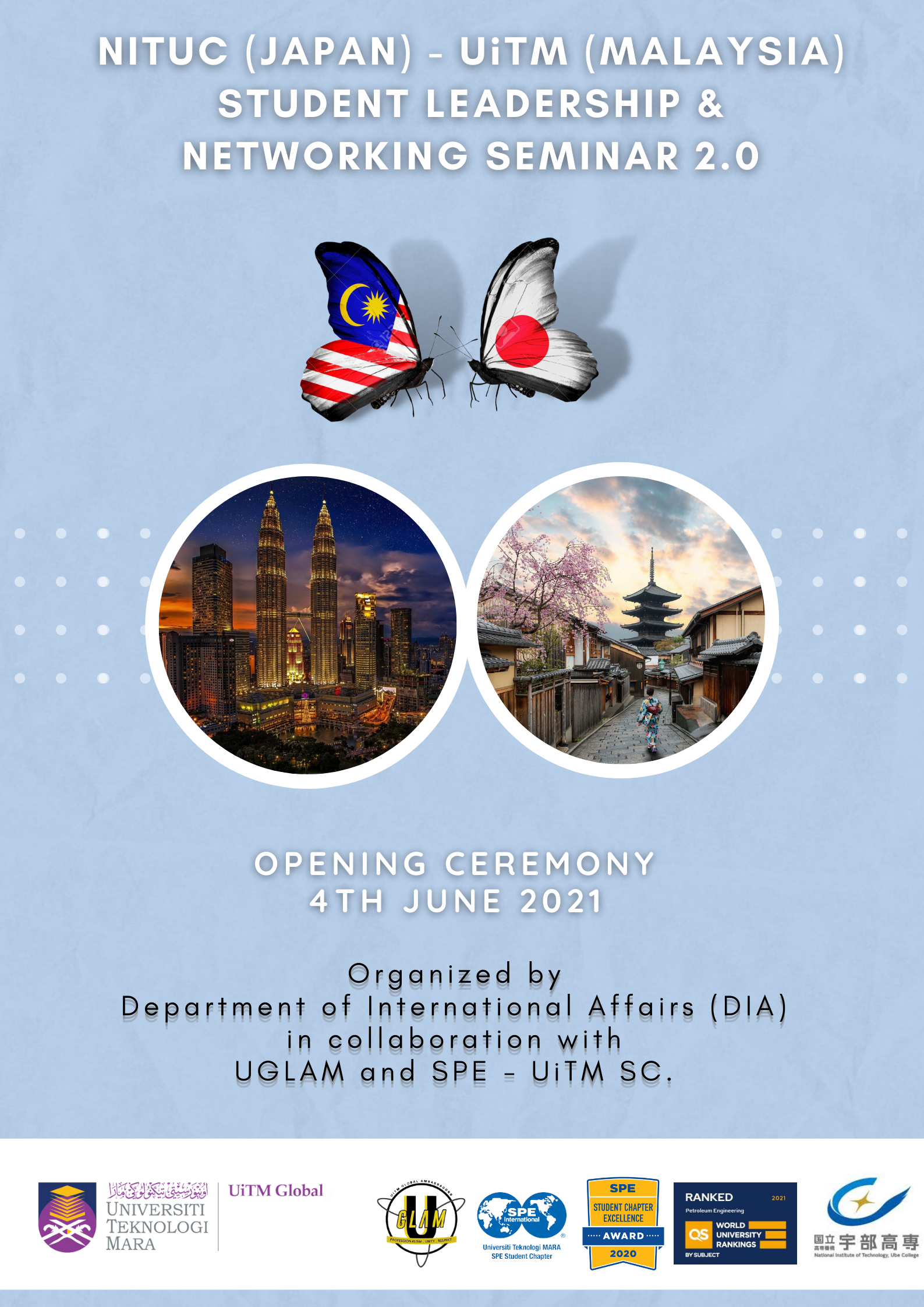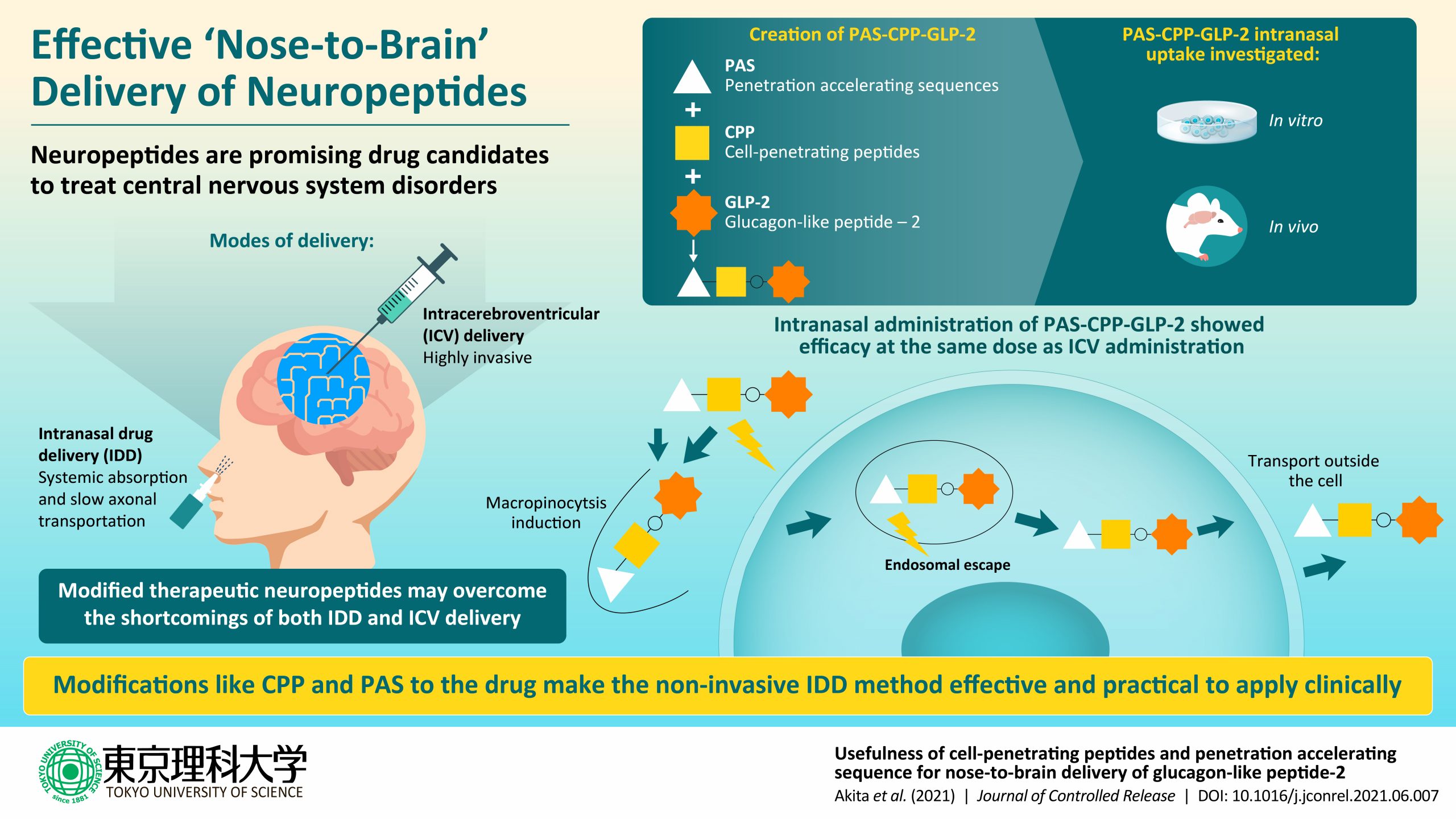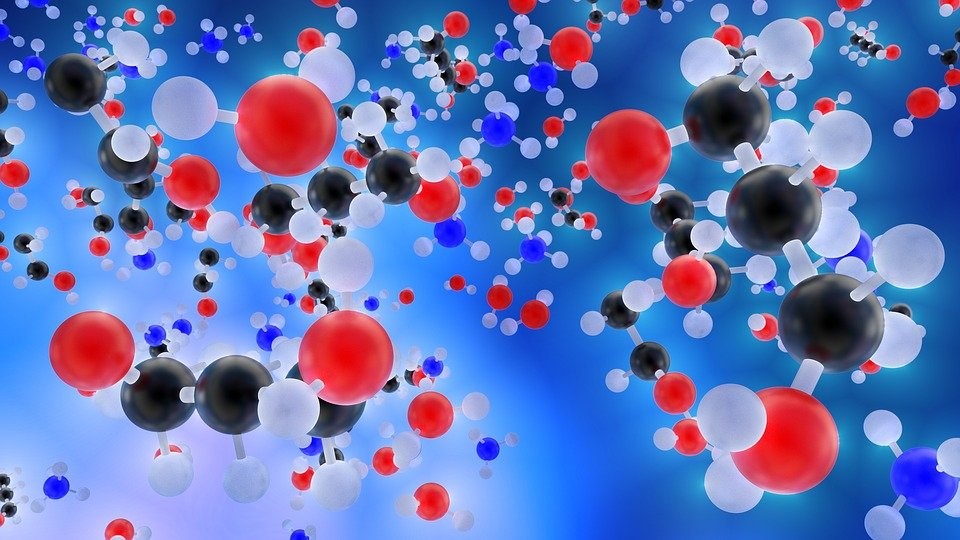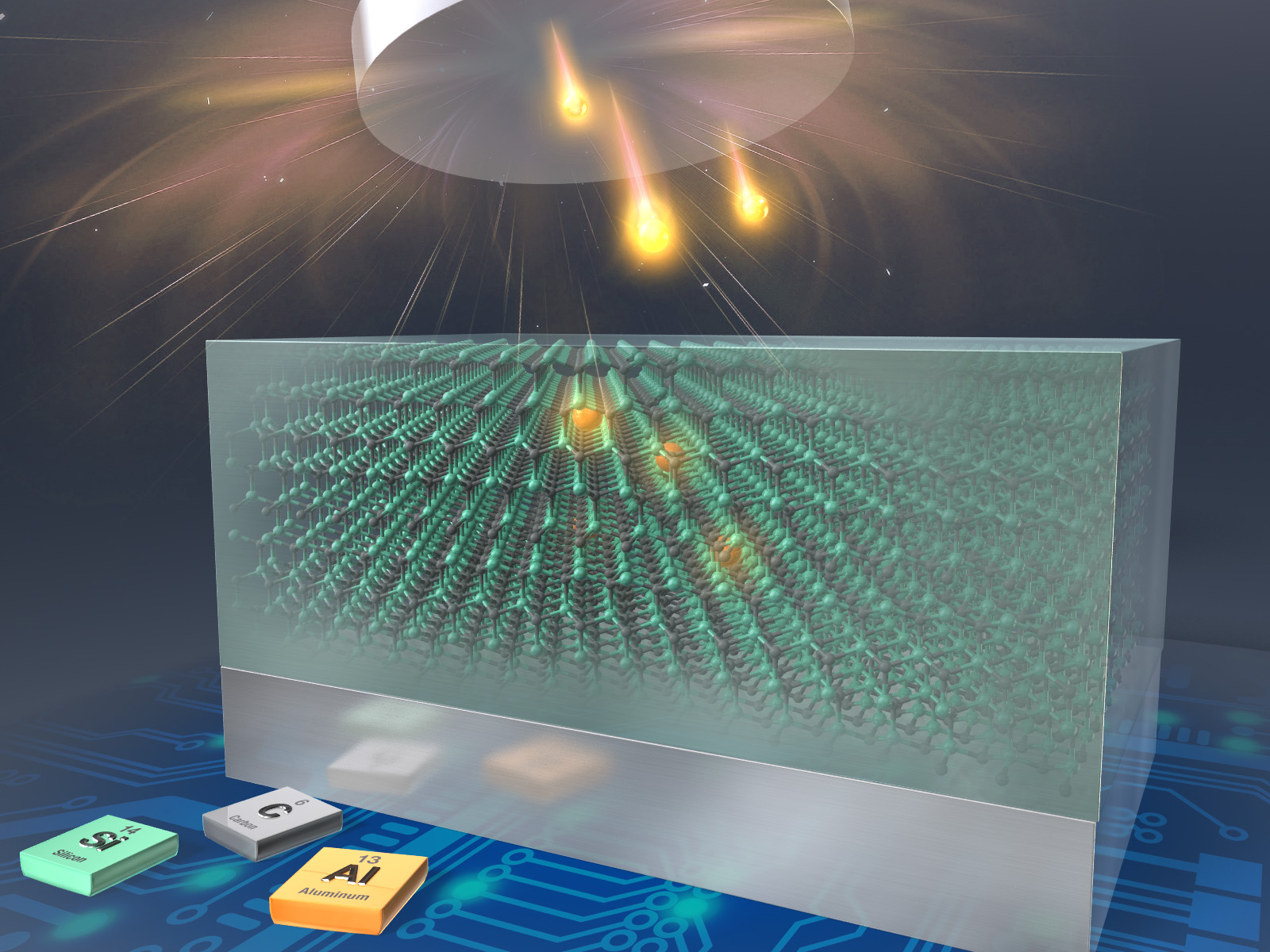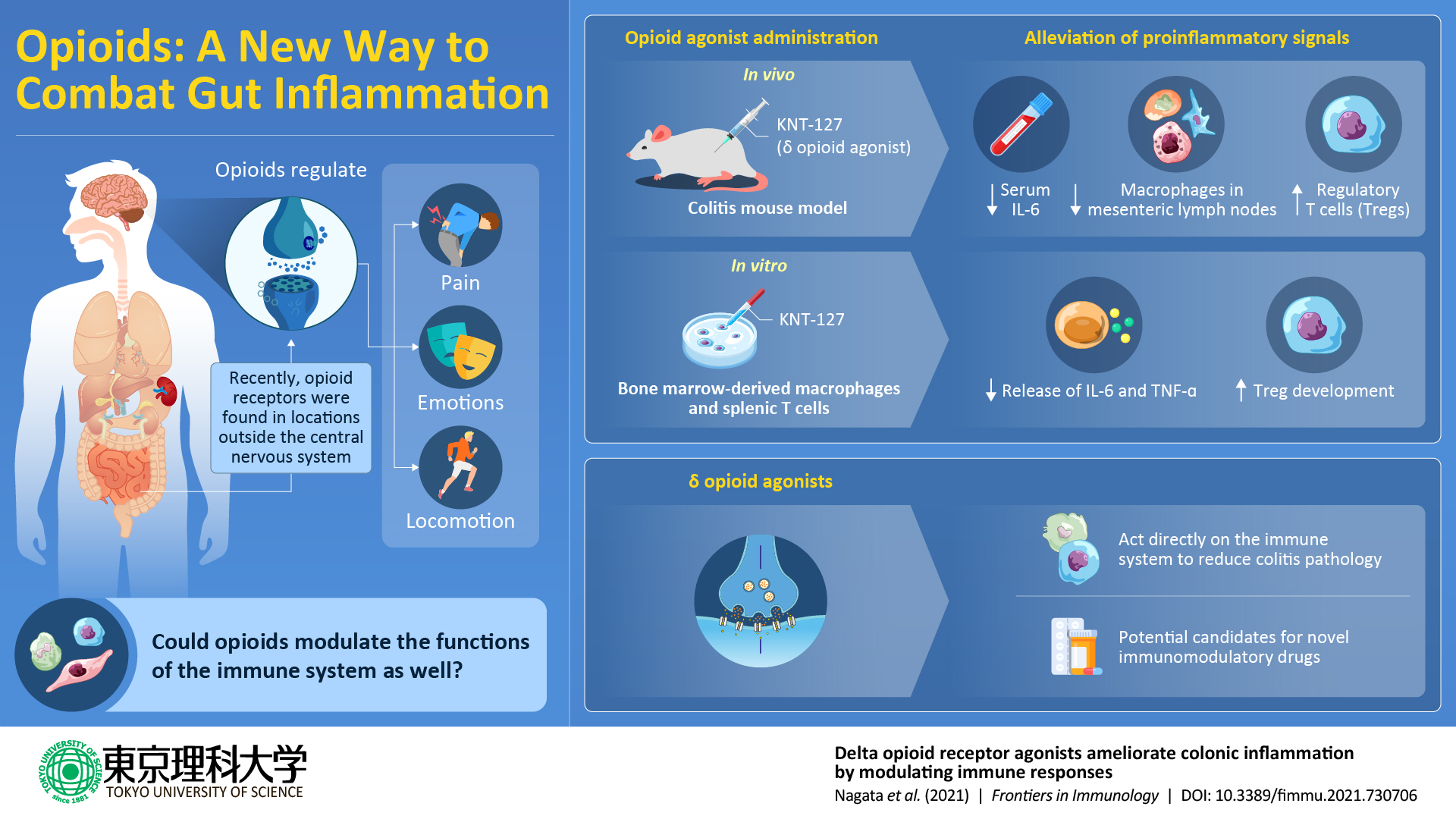The NITUC (Japan)-UiTM (Malaysia) Students Leadership And Networking Seminar 2.0 was successfully organized for the second time by the National Institute of Technology, Ube College, Japan and Universiti Teknologi MARA (UiTM), Malaysia, specifically the Department of International Affairs (DIA), in collaboration with UiTM Global Ambassador (UGLAM) and the SPE – UiTM Student Chapter from 4th June 2021 for 8 weeks. The closing ceremony took place on 19th July 2021, graciously attended by Dr. Hajah Zainab Haji Mohd Noor (The Director of Department of International Affairs (DIA) UiTM Global), Prof. Dr. Hatamura Manabu (Director of International Office NIT Ube College (NITUC), staffs of Department of International Affairs (UiTM), UiTM lecturers, UiTM Global Ambassadors (UGLAM) and students from both UiTM and NITUC.
This program was smoothly handled by two student leaders representing UiTM and NITUC; Ahmad Sirhan bin Azlin and Nagatomi Shoichiro, respectively. They were assisted by the previous appointed student leaders of this program, Shalin Sellehuddin and Ena Kidani, together with project managers Ts. Dr. Nur Hashimah Alias (Coordinator Summer Program, DIA, UiTM Global and advisor of UGLAM) and also Ms. Siti Aisyah Mohktar (lecturer from NITUC). Not to mention the committee members, notably Nur Farah Hanani Binti Mohamad Azhari, Ezzanie Balqhis Binti Basir, Muhammad Faris Bin Mohd Fadhir, and Muhammad Ali Murtadha bin Mustafa, who made significant contributions in terms of multimedia and technical assistance. Due to the success of the student groups in organizing this program, the number of participants had increased in 2021 compared to 2020 with 32 groups and 70 individuals from both Malaysia and Japan drawn from various faculties.
The primary objective of this program is to develop leadership skills, expand networking, and improve communication skills in both English and Japanese for the participants. The topics include greetings, traditional clothes or costumes, popular tourism spots and festivals, food and delicacies, public figures as role models, and global issues such as climate change. Furthermore, during the closing ceremony, participants delivered their recorded group project presentation in Japanese and English. Lastly, this program hopes to develop a stronger network to place UiTM and NITUC in the international arena and make an impact globally by pushing the boundaries through networking activities. Subsequently, this program encourages students to think globally and create more partnerships with international partners for mutual benefit and future undertakings.




